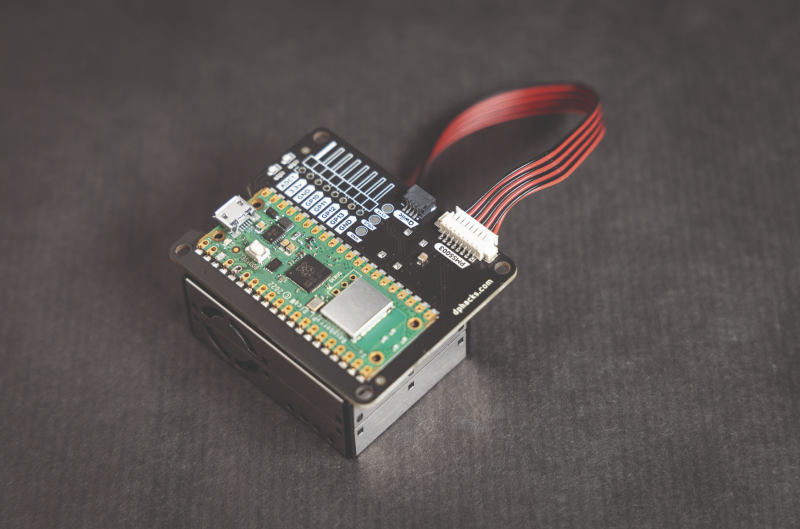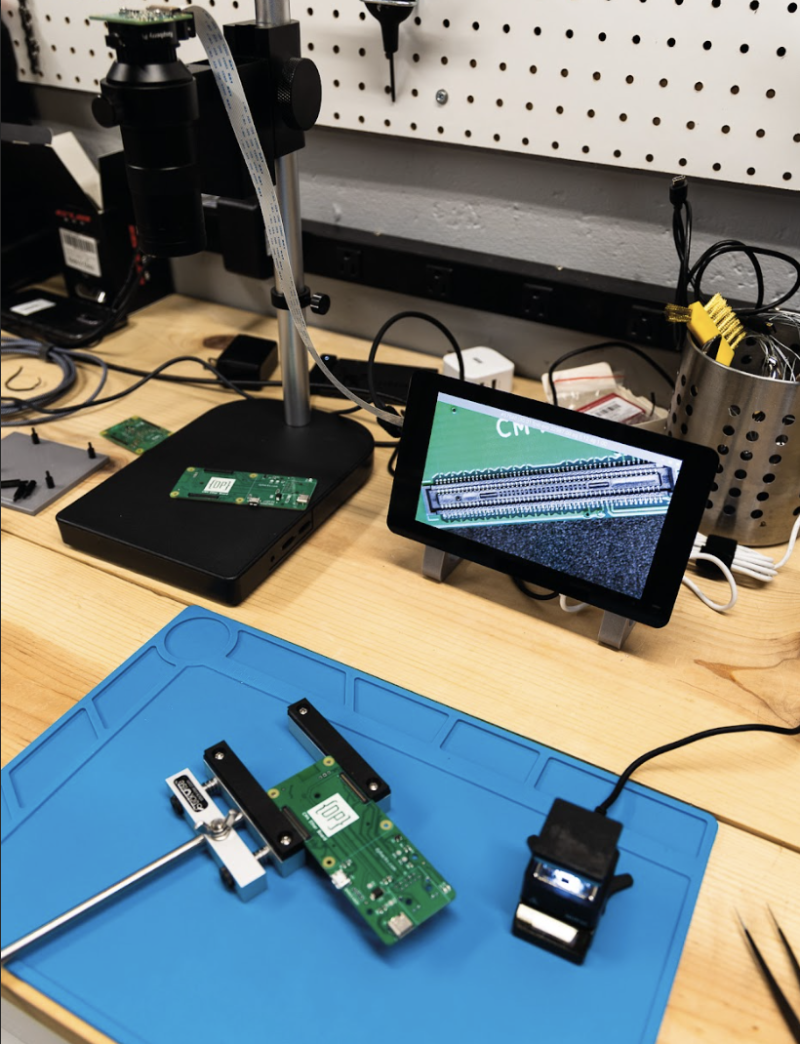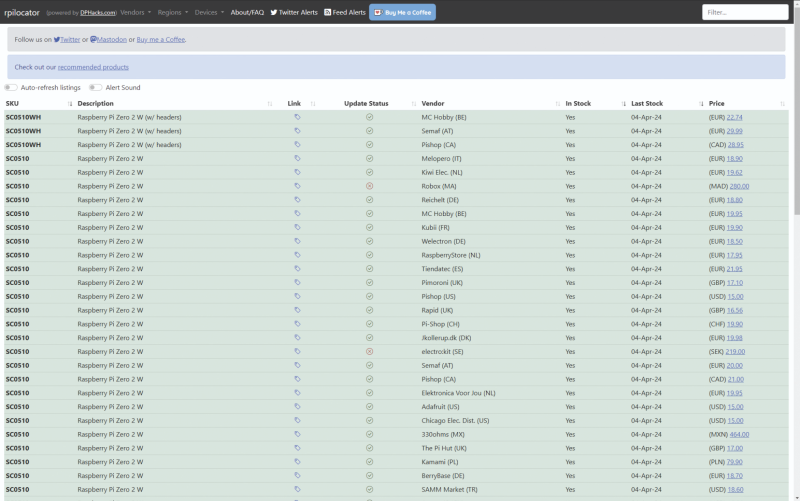The service we now know as rpilocator started off as cm4locator, with André coding it during a couple of days off. Initially it was private, and within a couple of days it had helped him locate – and buy – a Raspberry Pi Zero 2 W. Surprised at how easy it was, he decided to make a public version.
“I registered the domain on January 26 and spent a couple of hours a day after work adding more listings to be tracked,” André says. “On January 29 I pushed the website to a cloud service. Rpilocator was officially live but no one knew about it. I waited a day to make sure everything was working and I sent an email to Lee from leepspvideo and Jeff Geerling.”

From there, word spread, and rpilocator became the best way to find a Raspberry Pi.
What is your history with making?
I grew up in a household where both my parents were very handy at making things. My dad is an engineer who loves tinkering with everything. I remember one of the first projects we worked on together was a crystal radio receiver - the classic kid introduction to making project.

I grew up in Brazil and access to maker kits wasn’t as widely available as in the US or the UK. This was in the ’80s and the ’90s. There were some STEM magazines available in English and that was one of the reasons why I wanted to learn English.
My mom started sewing when she was young and she’s an experienced seamstress. Seeing a flat sheet of fabric turn into a 3D object was so inspiring to me. I’ve played with and created things with textiles my whole life.
What projects have you made with Raspberry Pi?
I’ve used Raspberry Pi in quite a few projects over the years ranging from a network of sensors to home automation and camera applications.
Last year, there were many large wildfires in Canada. A lot of the smoke drifted into where we live. The air quality outside was unhealthy for long periods of time. My daughter hadn’t turned one yet and I wanted to make sure the air quality inside our home was healthy for her. I created a PCB that hosts a Pico W and makes it easy to plug an air quality sensor and I2C devices to the Pico W. It runs an open-source CircuitPython firmware that calculates the Air Quality Index inside our home and sends sensor information through MQTT.

What is your dream project?
I find the intersection between science and art so intriguing. My pie-in-the-sky project would be something that combines scientific knowledge and artistic expression. I don’t know exactly what it would be. Maybe something that would spark kids’ interest in learning more about science and art.








